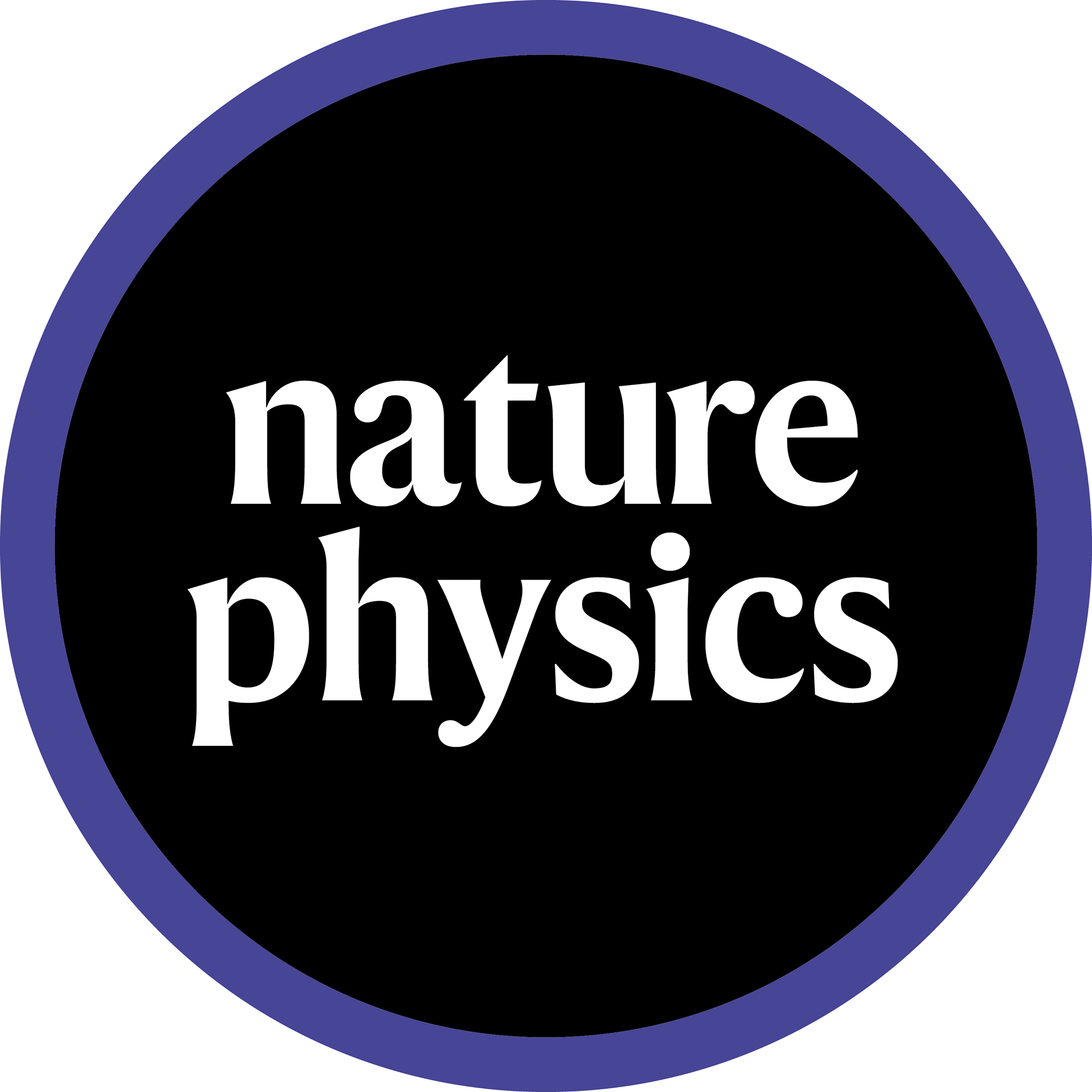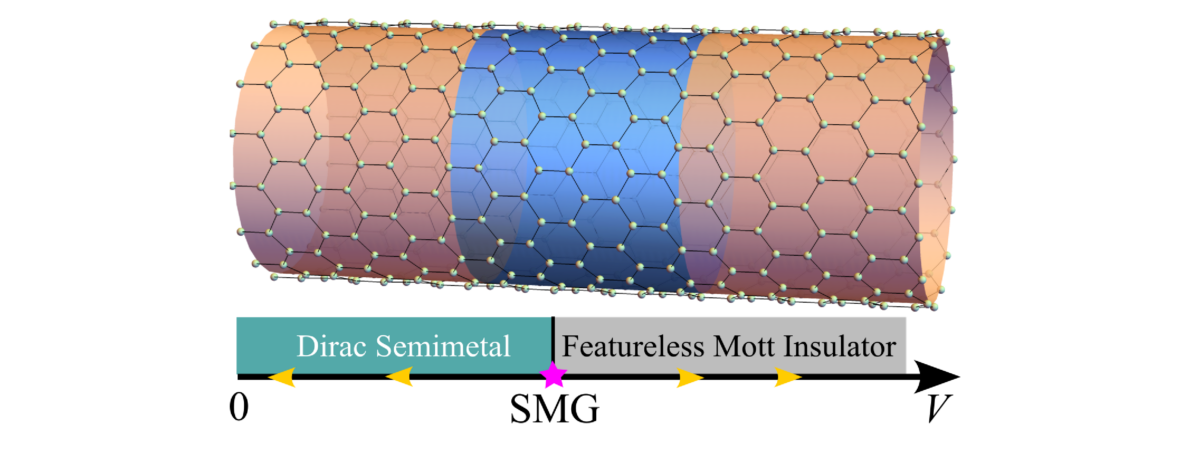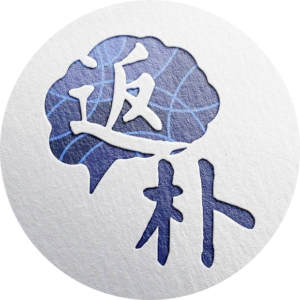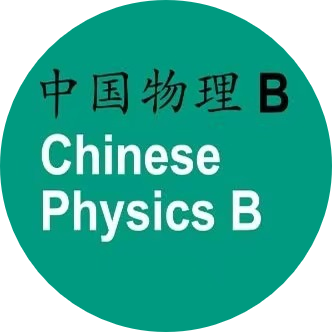A collaboration between theoretical physicists Dr. Chengkang ZHOU and Professor Zi Yang MENG from the Department of Physics at The University of Hong Kong (HKU), along with experimentalists Mr. Zhenyuan ZENG and Professor Shiliang LI at the Institute of Physics (IOP), Chinese Academy of Sciences (CAS), and Professor Kenji NAKAJIMA from J-PARC Center, Japan, has led to a discovery in the realm of quantum physics. Their study, published in a recent issue of Nature Physics ( Nat. Phys. 20, 1097–1102 (2024)), sheds light on the long-anticipated emergence of quasiparticles, akin to the famous Dirac particles obeying the relativistic Dirac equation. These quasiparticles, known as Dirac spinons, were theorised to exist within a novel quantum state called a quantum spin liquid state loans-cash.net. This work captures the conic spin excitations arising from Dirac spinons, resulting in low-energy spin excitations with sharp energy-momentum characteristics. Their results provide strong evidence for the emergence of a Dirac quantum spin liquid state in YCu3-Br. Continue reading
 |
 |
|---|



















